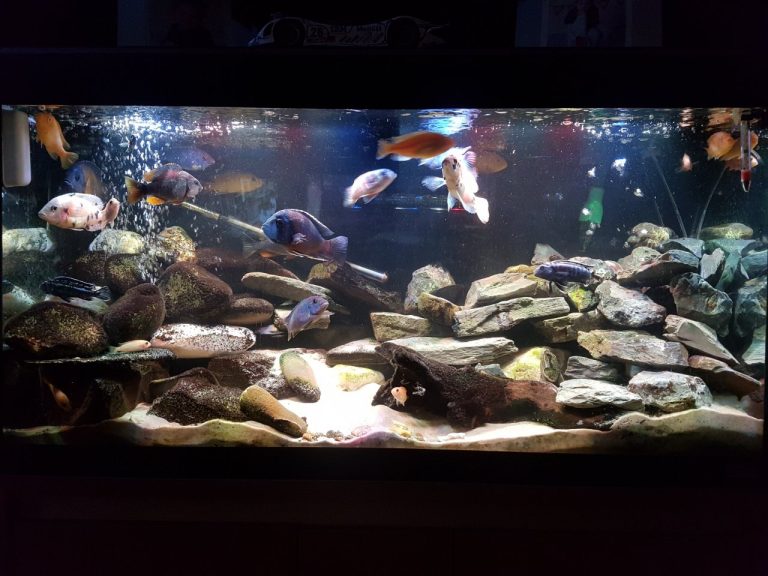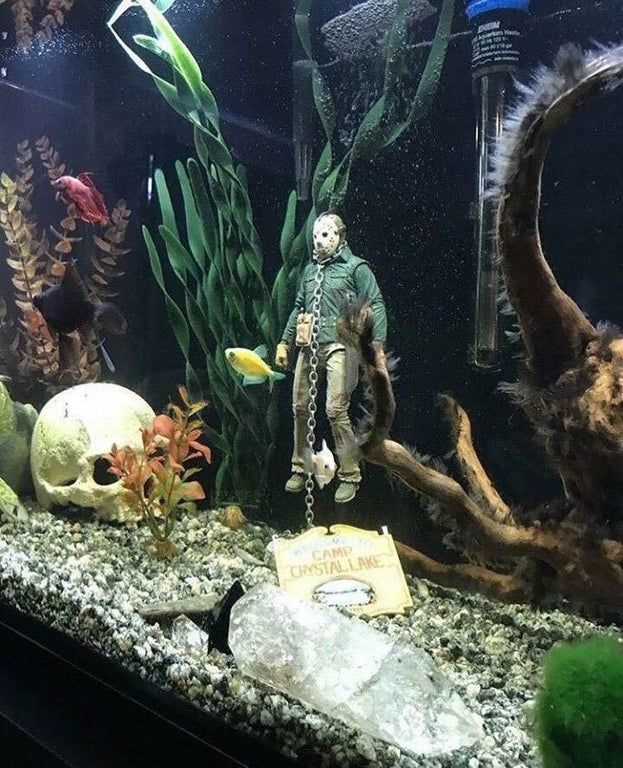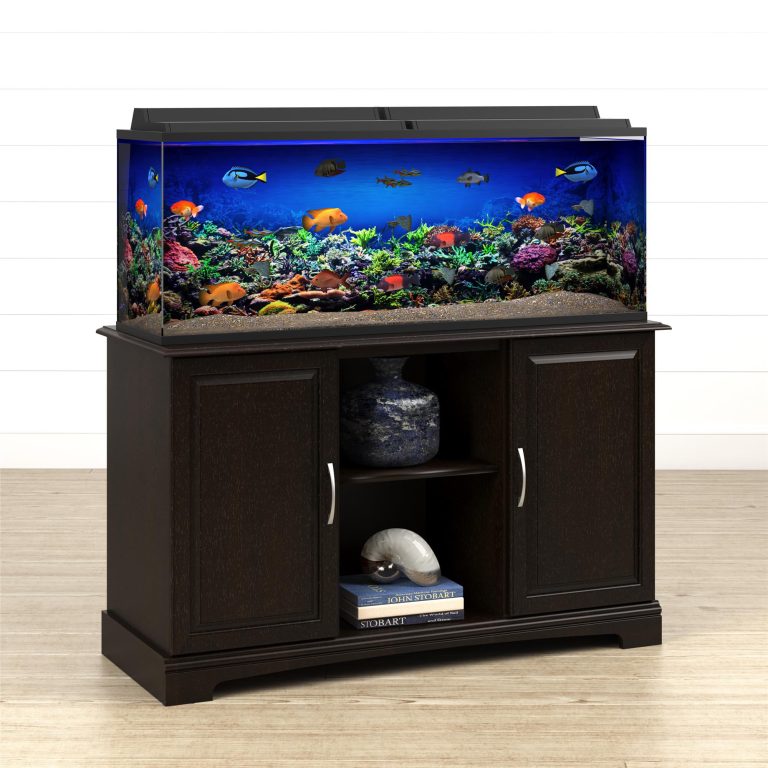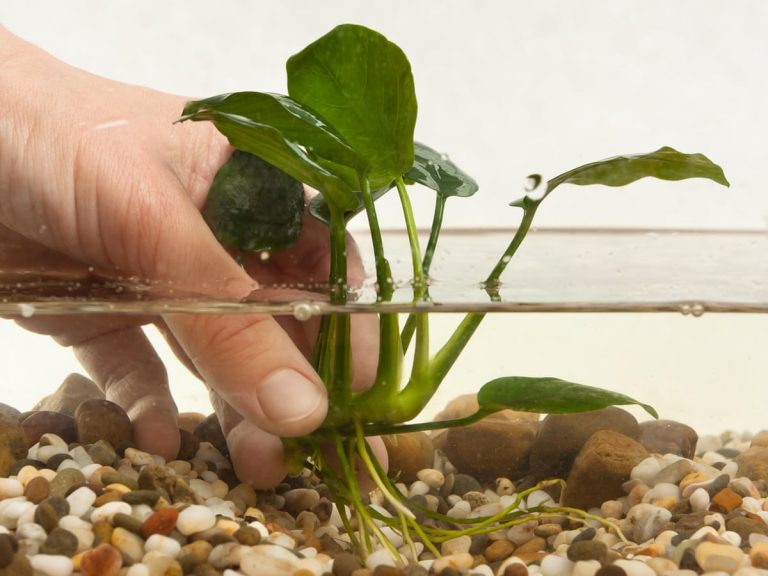Vodka Dosing Freshwater Aquarium
The vodka dosing method has gained popularity among freshwater aquarium enthusiasts as a way to control and prevent algae growth. But what exactly is vodka dosing, and how does it work? In this article, we will explore the ins and outs of vodka dosing in freshwater aquariums. So let’s dive in and learn more about this intriguing technique.
What is Vodka Dosing for Freshwater Aquariums?
Vodka dosing involves adding a small amount of vodka to a freshwater aquarium to simulate the natural carbon cycle. The idea behind this method is that the vodka acts as a carbon source, providing the necessary food for beneficial bacteria to multiply and outcompete algae for resources. By promoting the growth of these bacteria, vodka dosing helps to reduce excess nutrients in the water, thus preventing algae from thriving.
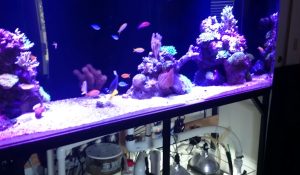
The Science Behind Vodka Dosing
To understand how vodka dosing works, it’s essential to have a basic understanding of the nitrogen cycle in aquariums. In a nutshell, fish produce waste, primarily in the form of ammonia, which is highly toxic to aquatic life. Beneficial bacteria, known as nitrifying bacteria, convert the ammonia into nitrite and then further into nitrate, which is less harmful. Nitrates are ultimately removed from the system through water changes or consumed by plants.
However, excessive nitrate levels can lead to algae blooms, as algae thrives on high nutrient levels. This is where vodka dosing comes into play. When small amounts of vodka are introduced into the aquarium, the carbon compounds present in vodka are converted by specialized bacteria, known as denitrifying bacteria, into carbon dioxide. This process consumes the nitrates in the water, effectively reducing their levels and depriving algae of its primary food source.
The Benefits of Vodka Dosing
Vodka dosing offers several benefits for freshwater aquariums:
1. Algae Control: The primary reason why aquarists turn to vodka dosing is to control algae growth. By reducing nitrate levels in the water column, vodka dosing helps to starve algae, preventing it from blooming and taking over the aquarium.
2. Improved Water Quality: Lower nitrate levels result in improved water quality, which is crucial for the health and vitality of the fish and other inhabitants in the tank. Vodka dosing helps maintain stable and suitable water parameters.
3. Cost-Effective: Vodka is an inexpensive source of carbon compared to other products on the market specifically designed for nutrient control in aquariums. This affordability makes vodka dosing an attractive option for budget-conscious aquarists.
The Process of Vodka Dosing
If you’re considering vodka dosing for your freshwater aquarium, it’s important to follow a few guidelines to ensure its success. Here’s a step-by-step breakdown of the process:
1. Research and Planning: Before starting vodka dosing, it’s crucial to research and understand the method thoroughly. Familiarize yourself with the potential risks and benefits and decide if it’s the right approach for your aquarium.
2. Testing Water Parameters: Begin by testing your aquarium’s water parameters, including nitrate levels. This will serve as a baseline for monitoring changes throughout the vodka dosing process.
3. Gradual Introduction: Start by adding a small amount of vodka to the aquarium, typically a teaspoon for a 50-gallon tank. It’s essential to introduce the vodka gradually to prevent shocking the system and allow the bacteria to adjust.
4. Monitoring and Adjusting: Monitor your aquarium’s nitrate levels regularly using water test kits. Ideally, you should aim for nitrate levels below 10 parts per million (ppm). Adjust the vodka dosage as needed to maintain the desired nitrate level.
5. Observation and Patience: Observe the changes in your aquarium over time. It may take several weeks for the effects of vodka dosing to become noticeable. Be patient and make adjustments as necessary to achieve the desired results.
Frequently Asked Questions
Q: Is vodka dosing safe for fish and other aquarium inhabitants?
A: When done correctly and in moderation, vodka dosing is generally safe for fish and other aquarium inhabitants. However, it’s important to monitor water parameters closely and make adjustments as needed to prevent any negative impacts on the tank’s ecosystem.
Q: Can vodka dosing be used in planted freshwater aquariums?
A: Yes, vodka dosing can be used in planted freshwater aquariums. However, it’s essential to consider the specific needs of the plants and monitor their health closely. Some plants may not tolerate the lower nitrate levels associated with vodka dosing.
Q: Are there any risks associated with vodka dosing?
A: While vodka dosing can be an effective method for algae control, it’s not without risks. Overdosing vodka or introducing it too quickly can lead to imbalances in the aquarium’s ecosystem and harm fish and other inhabitants. It’s crucial to follow proper dosing guidelines and monitor water parameters regularly.
Q: Can I combine vodka dosing with other methods of algae control?
A: Yes, vodka dosing can be combined with other methods of algae control, such as reducing lighting duration, implementing a nutrient export system, or introducing algae-eating organisms. However, it’s important to proceed with caution and make adjustments gradually to avoid any sudden changes in water chemistry.
Final Thoughts
In conclusion, vodka dosing can be a valuable tool for freshwater aquarium enthusiasts looking to control and prevent algae growth. By providing a carbon source that promotes the growth of beneficial bacteria, vodka dosing helps maintain stable water parameters and reduces nutrient levels, ultimately keeping algae at bay. However, it’s crucial to approach vodka dosing with proper research, planning, and monitoring to ensure the well-being of the aquarium’s inhabitants. So, if you’re struggling with algae issues in your freshwater aquarium, why not give vodka dosing a try? Remember, patience and careful observation are key to achieving the best results.


